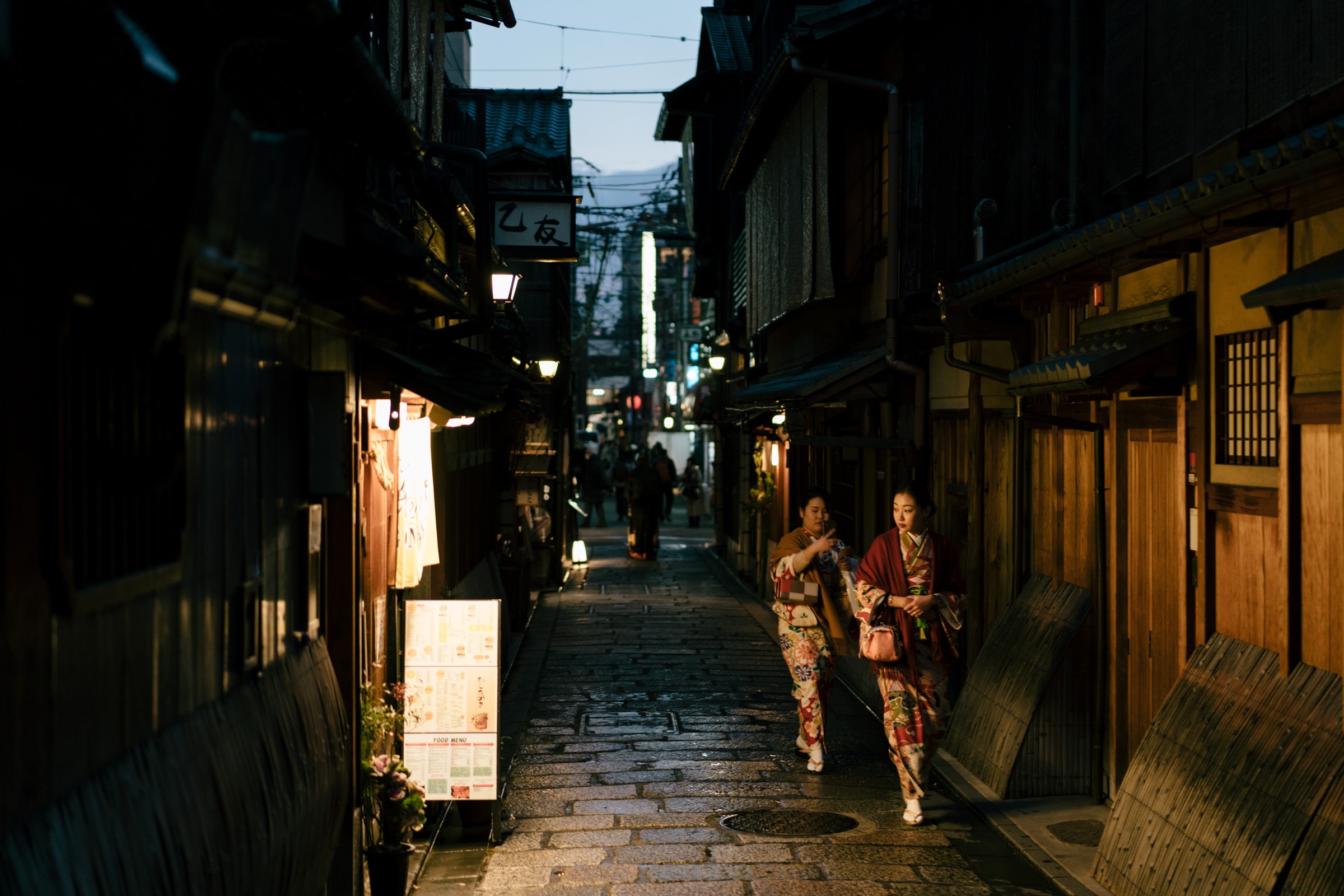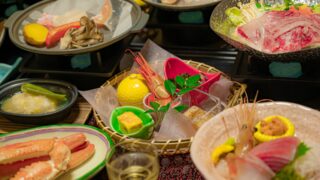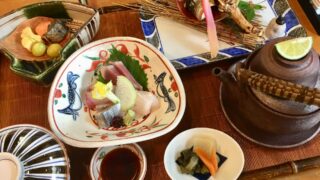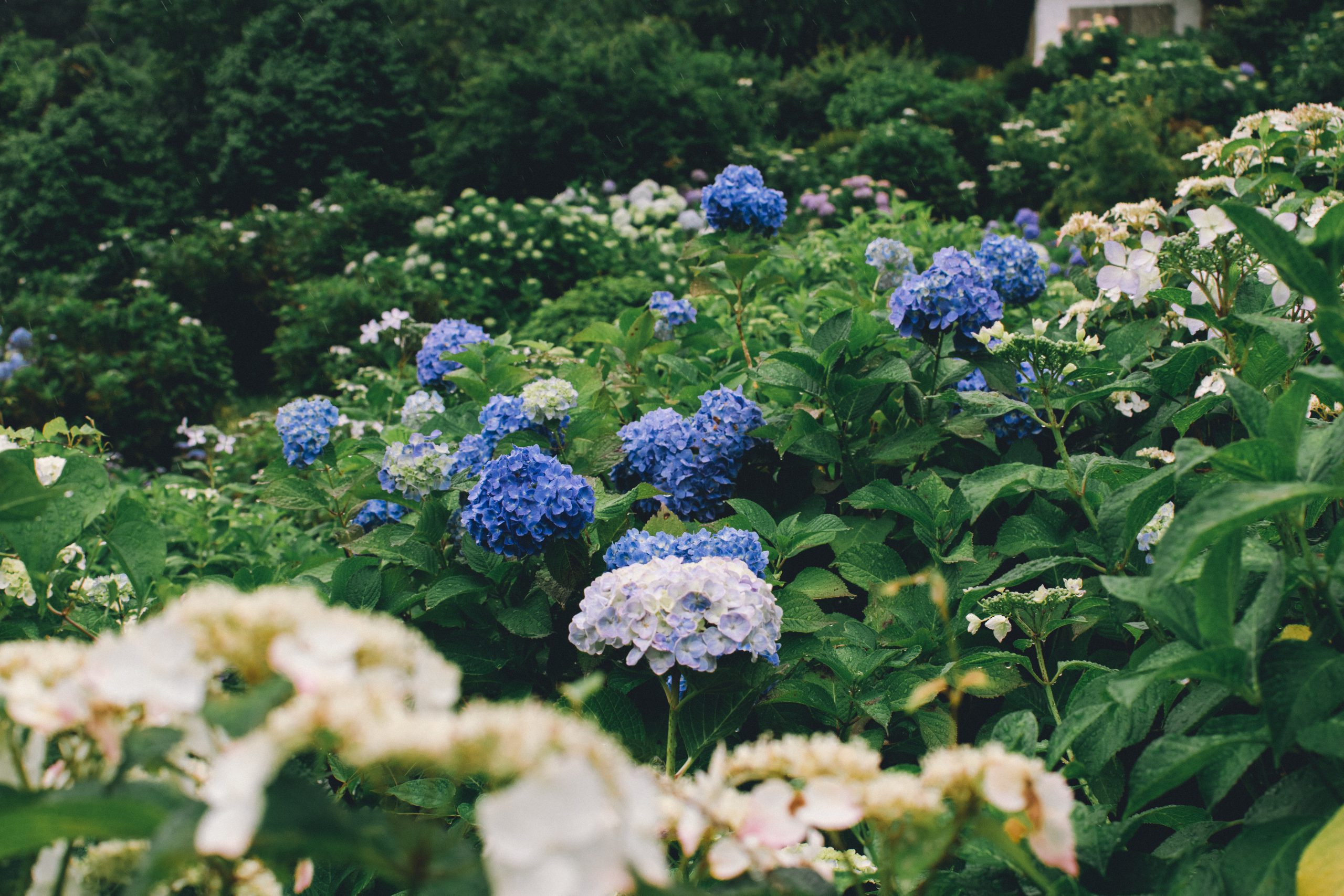One of the biggest reasons many people visit Japan is its cuisine. Japan boasts unique food culture, including popular sushi and ramen, but a traditional Japanese dish called Kaiseki (懐石) represents beautiful elements of Japanese food culture. Kaiseki refers to a specific type of Japanese traditional cuisine that is generally served on special occasions. And when you have Kaiseki cuisine, some understanding of basic manners will be required. Here we explain what is special about Kaiseki and give you some helpful tips and recommended restaurants that you should know before trying Kaiseki in Japan!
What is Kaiseki?
Kaiseki is a traditional Japanese multi-course meal. It generally consists of a sequence of light dishes and is often served at high-class Japanese restaurants. It generally contains a sequence of small dishes such as “Sakizuke” (先付), which is similar to an appetizer, and “Mukozuke” (向付), which refers to sliced raw fish known as sashimi.
Kaiseki has a unique origin as a special meal that used to be enjoyed before the tea ceremonies. It was originally served as a light meal which was prepared by the host of the tea ceremony to welcome guests. Based on this origin, they keep three elements for kaiseki, 1. seasonal ingredients, 2. simple seasoning, and 3. present it with care. They cook to make out the best part of the seasonal ingredients with simple seasoning and serve them on elegant plates. It’s wabi-sabi on the table.

Two different types of Kaiseki
Even Japanese people get confused sometimes, but there are two different types of Kaiseki, which have the same pronounced but different meanings.
Kaiseki (懐石)
- Traditional Japanese multi-course meals often served at high-class restaurants
- Originated as a light meal served before the tea ceremony
- Rice and soup are served at the end of the course

Kaiseki (会席)
- Traditional Japanese multi-course meals often served at the feast
- Generally consists of a full-course menu and served with alcohol
- Rice and soup are served at the beginning of the course

Simply put, one of the biggest differences between them is their purpose. While “懐石” has a spirit of the tea ceremony and on the course of savoring tea, “会席” is generally served to enjoy alcohol.
Typical Kaiseki menu
Sakizuke
First thing after the drink they will bring Sakizuke, a small appetizer using local ingredients.
Oshinogi
It’s another appetizer after Sakizuke, it is often some bite-sized sushi or a small bowl of soba noodles.
Owan
Owan means a small bowl in Japanese, and it is soup. It takes an important role to change the taste in the mouth before the main dish.
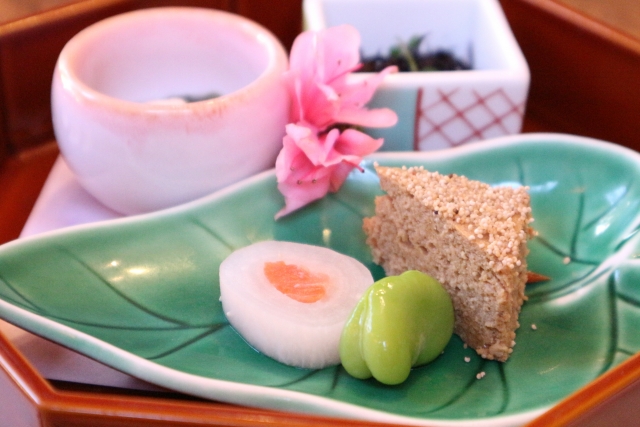
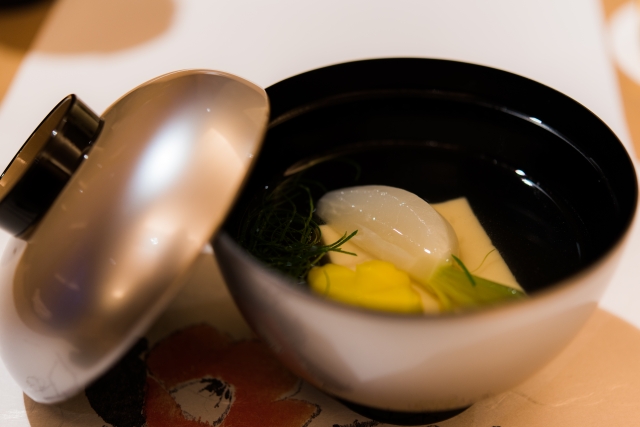
Mukozuke
It is sashimi, slices of raw fish, but it’s not only the slices of the fish, the elaborate technique of the chef is hidden on the plate and displayed, and of course its rich flavor.
Hassun
Hassun is an assorted dish using the best seasonal ingredients from the mountain and oceans. It often serves as pairing food with alcohol.

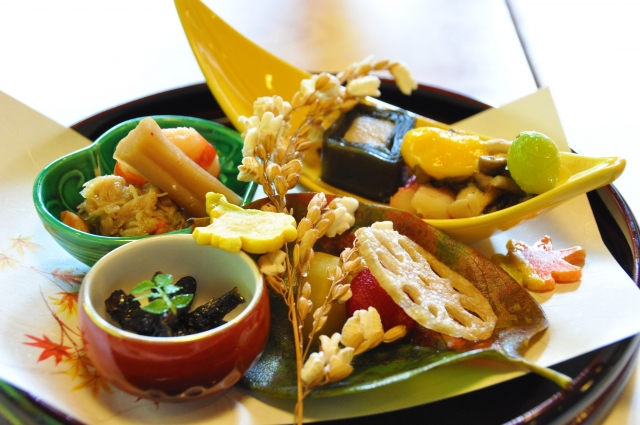
Yakimono
It’s mostly grilled fish, but sometimes grilled meat. It often serves with a beautiful display representing the season.
Takiawase
Takiawase is a simmered dish. It often uses seasonal vegetables in dashi.

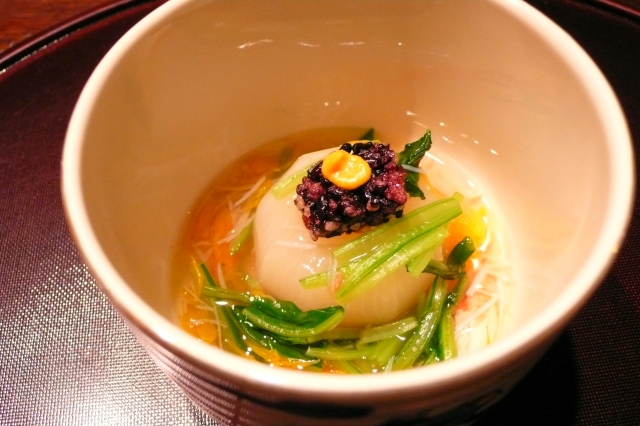
Gohan
Gohan means rice in Japanese. It will be varied depending on the kaiseki restaurant but Takikomi-gohan is often served. If it is Kaiseki (会席) which is a course for enjoying drinks gohan will be served at the end, but if it is Kaiseki (懐石), gohan will be served at the first of the course.
Mizugashi
Mizugashi is the dessert served at the end of the course, often the ice cream or sherbet, or seasonal fruits.

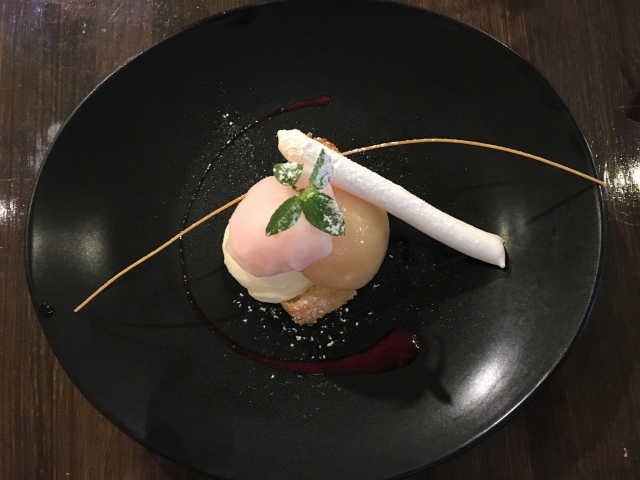
Manners to remember when you enjoy Kaiseki!
If you want to try Kaiseki, it’s better to learn several manners and rules that apply. Here are the basic manners to follow when you visit Kaiseki restaurants.
1.Prepare an appropriate clothing
When you enjoy Kaiseki at traditional Japanese restaurants, make sure to wear something that is not too casual. It is considered better to choose an outfit that is suitable for formal situations, it would be better to avoid jeans and T-shirt, but if you stay at a ryokan, Japanese inn, and enjoy Kaiseki for dinner, you can wear Yukata or any other clothing prepared in the room.

2.Clean your hands with Oshibori
Oshibori is a wet small towel that is generally offered at the table at Japanese restaurants. You can use it to clean your hands before the meal. Remember it is not for cleaning the table! It could be considered very rude to wipe your face or wipe your table with it, especially at formal and high-class restaurants.

3.Enjoy the looks and scent before eat
When your food is served, take a moment to appreciate how elaborately presented the scent before you eat it. It will allow you to discover the delicacy and beauty of Japanese cuisine in every detail of the dish.

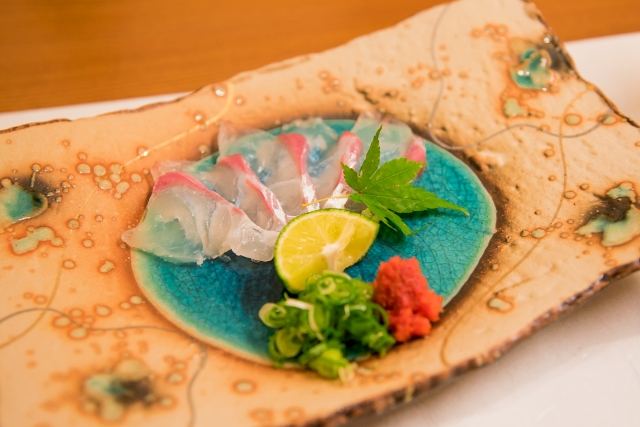
4.Pick up and hold the bowl
When you enjoy soup or any other dish served in a bowl, it is regarded as polite to hold it with your empty hand while tasting it. If it is too large or heavy, you can leave them on a table, but still, need to keep your hand on it.
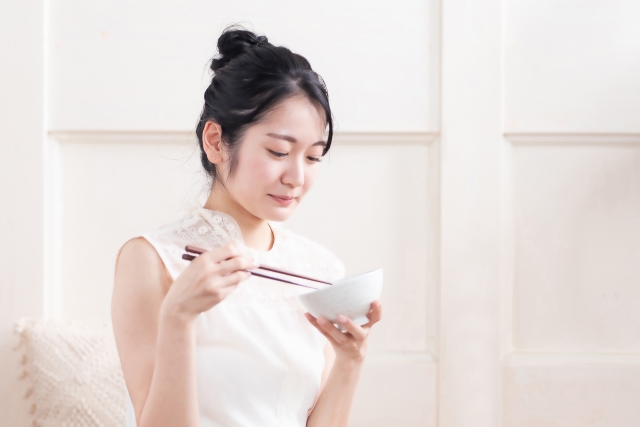
Best Kaiseki Restaurants in Tokyo
Tokyo is home to a number of great Kaiseki restaurants. Here are our recommendations that bring you a precious experience around Tokyo!
Ise Sueyoshi (伊勢すえよし)
Ise Sueyoshi is a cozy restaurant chosen as the No.1 dining place around the Nishiazabu area in Tokyo. They offer an excellent Kaiseki experience in a friendly atmosphere. It also offers vegan Kaiseki cuisine! Enjoy the high-class Kaiseki dining and satisfying services by professional chefs and welcoming staff.
5pm-11:30pm
Reserve your seat
4 Chome−2−15 Nishiazabu, Minato City, Tokyo
Azabu Ichigo (あざぶ一期)
It is a Japanese restaurant that was officially awarded One Michelin Star! You can expect not only Kaiseki but a range of traditional Japanese cuisine such as sashimi and oden. Spoil yourself with the genuine dishes made with well-selected ingredients from all over Japan.
4pm-8pm
Closed on Monday
Azabu Ichigo Official Website
2 Chome-5-14 Azabujuban, Minato City, Tokyo
Kobe beef 511 (神戸牛511)
Kobe beef 511 offers the Kobe Beef, one of the most famous Wagyu brands in Japan served in Kaiseki style. Savor the taste of the best quality beef and unique sequence of dishes. Often English speaking staff will be available.
5:30pm-11pm
Reserve your seat
4 Chome−3−28, Akasaka Minato City, Tokyo
Ukai Chikutei (うかい竹亭)
Exclusive Japanese restaurant nestled in a peaceful neighborhood in Hachioji city. Enjoy the incredible Kaiseki meals featuring seasonal ingredients along with the impressive Japanese-style garden!
11:30am-9pm (weekdays) 11am-9pm (weekends)
Last order at 7pm
Ukai Chikutei Official Website
2850 Minamiasakawamachi, Hachioji, Tokyo
Kozue (梢)
Luxurious dining place located at PARK HYATT TOKYO. Enjoy the great Kaiseki meals featuring original dishes made with carefully selected ingredients. Located on the 40th floor, the view offers a romantic ambiance which is perfect on special occasions.
11:30am-2:30pm (lunch) 5pm-9pm (dinner)
Last order at 8pm
Kozue Official Website
Park Hyatt Tokyo 40F, 3 Chome-7-1-2 Nishishinjuku, Shinjuku City, Tokyo
▼You can find more kaiseki restaurants in Tokyo and Kyoto in the articles below!
Japan Wonder Travel Tours
Japan Wonder Travel is a travel agency that offers guided tours throughout Japan.
From private walking tours to delicious Food and Drink tours, we can help you organize the best tours just for you! If you want to explore Japan and learn more about the history and backstories of each area you are visiting, our knowledgeable and friendly English speaking guides will happily take you to the best spots!
In addition, we can provide you with any assistance you may need for your upcoming trip to Japan, so please feel free to contact us if yu have any questions or need some help!
▶Tokyo Tsukiji Fish Market Food and Drink Tour
Explore the most lively and popular fish market in Tokyo and try some of the local’s favorite street foods and sake with one of our friendly and knowledgeable English speaking guides!

▶Tokyo 1–Day Highlights Private Walking Tour (8 Hours)
There’s no better way to explore an area than taking a tour with a knowledgeable local guide. You will have the chance to learn about the history and interesting background stories of Tokyo, as well as discover some hidden gems which can be hard to do without a guide.

▶Mt. Fuji Day Trip Bus Tour from Tokyo
Experience the breathtaking views of Mt. Fuji by visiting the highlights of the area on our guided sightseeing bus tour! Departing from Shinjuku in central Tokyo, you can travel comfortably to all of the best spots in the area by bus.

Follow us on Instagram or Facebook for more travel inspiration. Or tag us to get featured!
Happy travelling!
Stay informed of the best travel tips to Japan, the most exciting things to do and see, and the top experiences to have with the Japan Wonder Travel Newsletter. Every week we will introduce you to our latest content.
Other articles you might like




This post may contain some affiliate links. When you click through and make a purchase we may receive some commission, at no extra costs to you.
